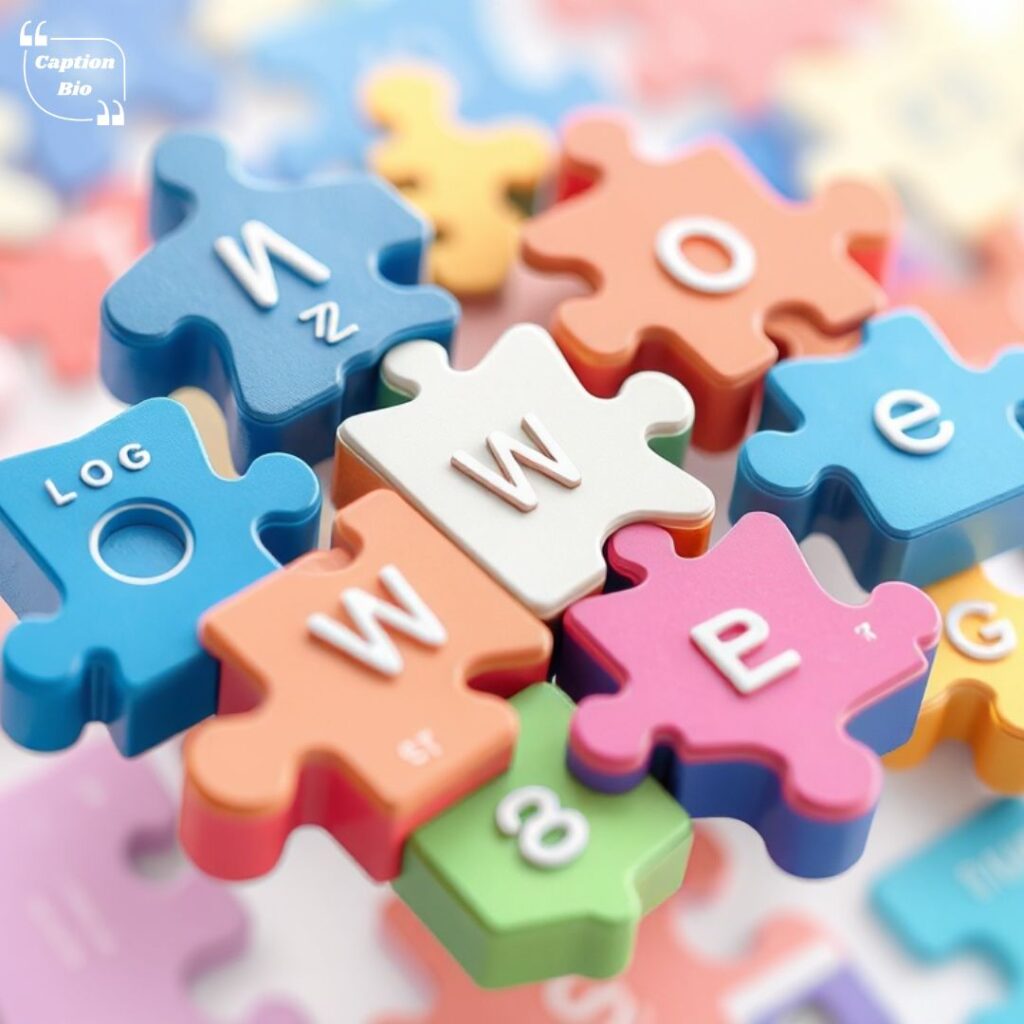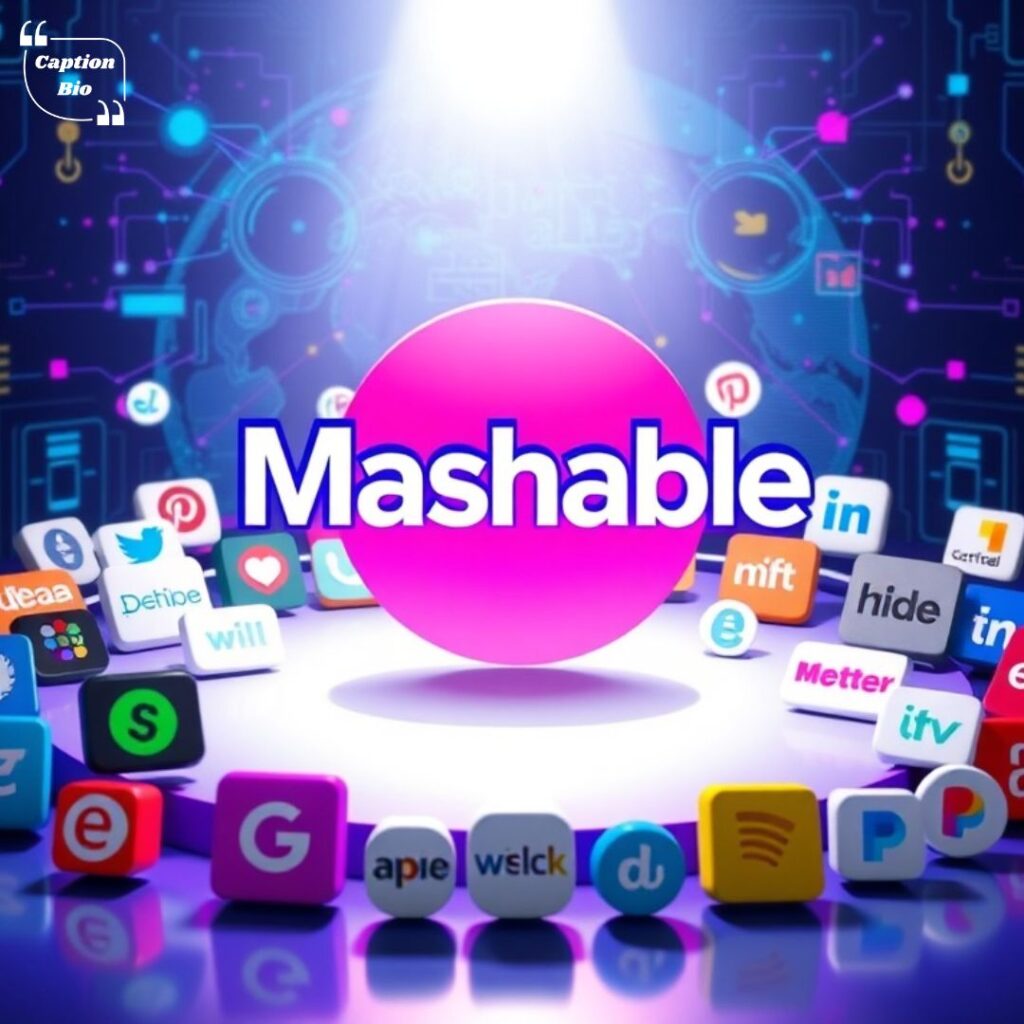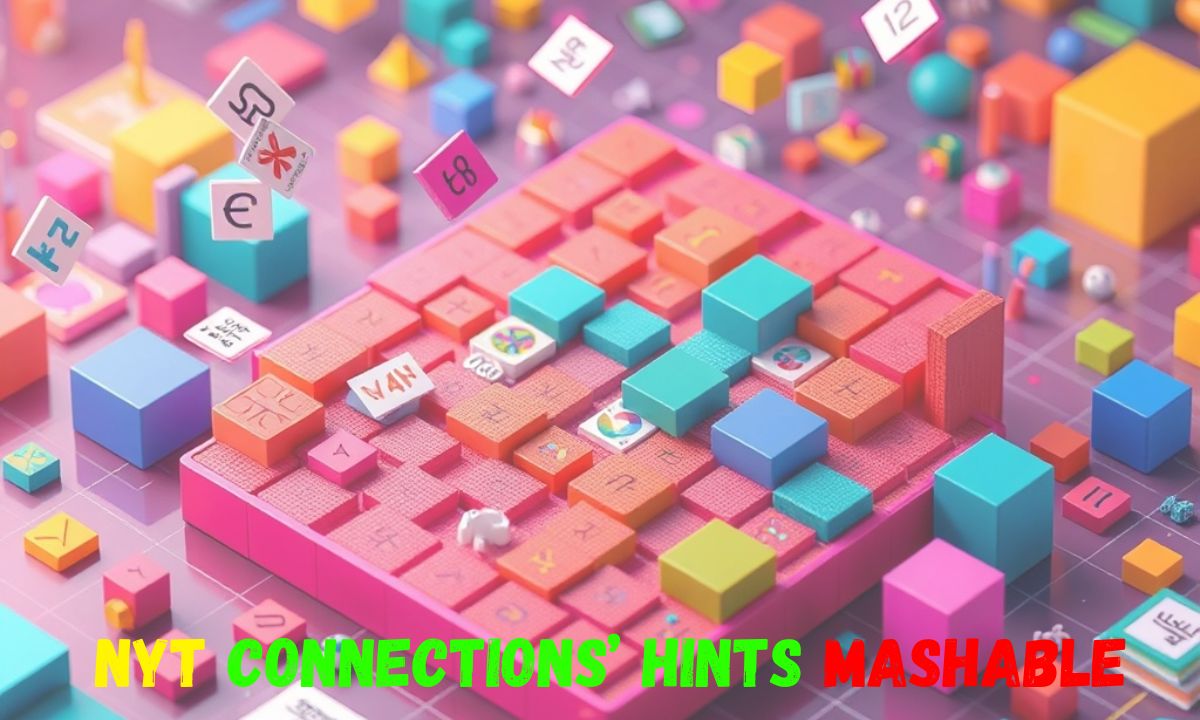The NYT Connections puzzle captivates puzzle enthusiasts with its clever wordplay and challenging groupings.
Each day, players face a 4×4 grid, tasked with sorting 16 words into four themed sets. Mashable’s hints have become a trusted ally, offering spoiler-free clues that guide solvers without ruining the fun.
This guide explores how Mashable’s daily hints enhance the Connections experience, providing strategies, examples, and tips to master the game.
Whether you’re a beginner or a seasoned player, discover how to leverage these hints to sharpen your logic and conquer every puzzle.
Why NYT Connections Captivates Puzzle Enthusiasts
The NYT Connections puzzle hooks thousands daily with its clever mix of wordplay, logic, and critical thinking. It’s not just a game—it’s a mental workout that sparks curiosity. Players love the challenge of spotting hidden patterns in a grid of words.
Unlike typical word games, Connections demands creative thinking and sharp deduction. Its unique format keeps enthusiasts coming back for more. This article explores why this puzzle is a hit, how to solve it, and how Mashable hints elevate the experience.
The New York Times launched Connections as a daily brain teaser, blending fun with intellectual rigor. Its growing fanbase thrives on the satisfaction of cracking tricky word groupings. From casual solvers to puzzle pros, it offers something for everyone.
With resources like Mashable, players get a nudge without losing the thrill of discovery. Let’s dive into what makes this puzzle so addictive and how to master it.
What Is the NYT Connections Puzzle?
The NYT Connections puzzle is a daily word game where players group 16 words into four sets of four. Each group shares a common theme, ranging from simple to abstract. Created by the New York Times Games team and associate editor Wyna Liu, it’s a fresh take on word association.
The puzzle’s charm lies in its balance of simplicity and complexity. It’s accessible yet challenging, making it a favorite for puzzle enthusiasts.
Players face a 4×4 grid of words, tasked with finding connections like colors, animals, or pop culture references.
The game uses color-coded categories—yellow (easiest), green, blue, and purple (hardest) to guide solvers. Mistakes are limited to four, adding pressure to think strategically. It’s a test of vocabulary, logic, and pattern recognition that keeps players engaged.
How Does the NYT Puzzle Work?

In NYT Connections, you get 16 words in a grid. Your goal: sort them into four groups of four, each tied by a shared theme. Themes might be straightforward, like “types of fruit,” or tricky, like “words that rhyme with sing.” Each correct group removes words from the board, revealing color-coded feedback. Yellow is the easiest, while purple is the toughest.
You can shuffle the grid to spot patterns or test guesses, but four wrong attempts end the game. The puzzle resets daily, offering fresh challenges. It’s simple to start but tough to master, requiring keen observation and deductive reasoning. Community resources like Mashable hints help players navigate without spoiling the fun.
How Mashable Provides Valuable NYT Connections Hints
Mashable is a go-to source for NYT Connections hints, offering daily clues that guide without giving answers away. Their hints strike a balance—helpful but not spoiler-heavy. They focus on themes, context, and subtle nudges to spark insight. This approach respects the player’s desire to solve independently while easing frustration.
Mashable’s hints are updated daily, often before noon ET, in the Games or Entertainment section. They cater to all skill levels, from beginners needing broad clues to experts seeking a slight push. By fostering a community vibe, Mashable encourages players to share strategies, making the puzzle experience richer. Their clear, friendly format sets them apart.
| Feature | Mashable Hints | Why It Helps |
|---|---|---|
| Daily Updates | Posted every morning with fresh clues | Keeps players on track with current puzzles |
| Gradual Hint Structure | Broad to specific clues | Guides without spoiling the challenge |
| Community Engagement | Links to forums and discussions | Encourages shared learning and tips |
How the Mashable Hint Format Works
Mashable’s hint format is designed for clarity and engagement. They start with broad category hints, like “think about kitchen items,” then offer contextual clues for tricky words. Finally, thematic hints narrow down possibilities without revealing answers. This tiered approach suits both novices and seasoned solvers.
For example, if a group involves “types of dance,” Mashable might hint, “Think about ballroom styles.” If a word like “Turkey” could mean food or a country, their contextual clue clarifies the intended theme. This method keeps the puzzle fun while boosting critical thinking. Players stay challenged but never stuck.
Puzzle-Solving Framework: Techniques to Apply Mashable Hints Effectively
To crack NYT Connections, combine Mashable hints with smart strategies. A structured approach helps you spot patterns and avoid traps. Below are five key techniques to maximize hints and solve puzzles efficiently. These methods build confidence and sharpen your puzzle-solving skills.
1. Start Broad: Scan for Obvious Groupings
Begin by scanning the grid for obvious connections, like colors or animals. Group these first to reduce clutter. For example, if “red,” “blue,” and “green” appear, test them as a color group. Mashable’s broad hints often confirm these early matches.
2. Cross-Reference with Hints
Check Mashable’s category hints against your initial guesses. If a hint suggests “school supplies,” match words like “pencil” or “notebook.” This ensures your groupings align with the puzzle’s themes, saving guesses.
3. Use Contextual Clues for Ambiguity
Words like “bass” (fish or music) can mislead. Mashable’s contextual clues clarify intent. If stuck, use these to resolve ambiguous words and confirm your groupings.
4. Apply Deductive Reasoning
Once you lock in one group, use the process of elimination. Fewer words mean clearer patterns. Mashable’s hints help you deduce the remaining groups by ruling out mismatches.
5. Use Gradual Hints Only When Stuck
Resist jumping to Mashable’s specific hints. Start with broad clues to train your brain. Only use detailed hints when you’re truly stumped to maintain the challenge.
| Technique | How to Apply | Benefit |
|---|---|---|
| Start Broad | Group obvious connections first | Reduces grid clutter quickly |
| Cross-Reference Hints | Match guesses with Mashable’s category clues | Confirms correct groupings |
| Deductive Reasoning | Eliminate wrong options after a correct group | Narrows down remaining words |
Types of Connections You’ll Encounter (With Examples)
NYT Connections themes vary widely, keeping puzzles fresh. Common categories include colors (red, blue), animals (lion, tiger), or pop culture (movie titles). Trickier ones involve wordplay (words ending in “-ing”) or abstract themes (emotions).
For example, a puzzle might include:
- Yellow Group: Apple, Banana, Orange, Pear (fruits)
- Green Group: Car, Bus, Train, Plane (transportation)
- Blue Group: Waltz, Tango, Foxtrot, Salsa (dances)
- Purple Group: Ring, Sing, Wing, King (rhymes)
Commonly Misunderstood Categories and How to Spot Them
Some categories trick players with red herrings or overlapping meanings. Words like “Turkey” or “bass” fit multiple themes, causing confusion. Recognizing these traps is key to mastering Connections. Mashable’s hints often highlight these pitfalls.
Examples of Misleading Patterns:
- Similar-sounding words: “Bear” (animal) and “Bare” (to uncover) seem related but aren’t.
- Multiple meanings: “Bank” could mean a riverbank or a financial institution.
- Overthinking simple themes: A group like “spoon, fork” is just kitchen items, not complex metaphors.
How to Train Your Brain for NYT Connections?
Improving at NYT Connections requires practice and mental agility. Daily puzzles sharpen pattern recognition and vocabulary. Use these exercises to boost your skills and solve faster. Consistency turns tough puzzles into manageable challenges.
Daily Exercises to Build Skills:
- Play word association games: Link random words to find hidden connections.
- Use online tools like WordNet: Explore semantic relationships between words.
- Review past puzzles: Study archived solutions on NYT or Mashable to spot trends.
Other Quality Hint Sources and Puzzle Communities
Beyond Mashable, several platforms offer NYT Connections hints and foster community engagement. Each provides unique strengths, from detailed breakdowns to lively discussions. Choose based on your preferred level of guidance and interaction.
TechRadar
TechRadar delivers daily hints with clear category breakdowns. Their articles explain themes and word relationships, ideal for analytical solvers.
CNET Puzzle Hints
CNET offers step-by-step strategies for Connections and other games. Their hints focus on practical tips, great for beginners.
Reddit NYT Connections Community
The r/NYTConnections subreddit is a hub for real-time tips and discussions. Players share strategies and debate tricky groups, offering diverse perspectives.
Facebook Puzzle Groups
Facebook groups connect solvers to share successes and challenges. These communities are lively and encouraging, perfect for casual players.
Tip: Choose hint sources based on your preferred level of difficulty and community engagement. Mashable suits quick nudges, while Reddit offers in-depth debates.
| Source | Strength | Best For |
|---|---|---|
| TechRadar | Detailed category breakdowns | Analytical solvers |
| CNET | Step-by-step strategies | Beginners seeking guidance |
| Real-time community discussions | Players wanting diverse perspectives | |
| Facebook Groups | Friendly, collaborative vibe | Casual solvers looking for support |
Why Mashable Stands Out Among Hint Providers

Mashable shines for its accessible, spoiler-free hints that cater to all skill levels. Unlike sources that give away answers, Mashable’s gradual hints encourage independent solving. Their daily updates are timely, and their community focus fosters engagement.
Mashable’s format is user-friendly, with clear commentary on puzzle difficulty and wordplay. It feels like advice from a friend, not a cheat sheet. Compared to TechRadar’s technical breakdowns or Reddit’s crowd-sourced chaos, Mashable balances help and challenge perfectly.
Conclusion: Make Each Puzzle a Learning Experience
The NYT Connections puzzle is more than a game—it’s a daily chance to sharpen your mind. With Mashable hints, you get the right support to tackle tricky word groups without losing the thrill.
Practice daily, use structured techniques, and engage with communities to grow your skills. Each puzzle is a step toward mastering pattern recognition and logic. Embrace the challenge, learn from mistakes, and enjoy the journey of solving.
FAQ’s
What is the NYT Connections puzzle?
A daily word game where players group 16 words into four themed sets. It tests vocabulary and logic.
How do Mashable hints help solve Connections?
They provide gradual clues—from broad themes to specific nudges—without spoiling answers.
What are common NYT Connections themes?
Themes range from colors and animals to wordplay or pop culture references.
How can I avoid mistakes in Connections?
Start with obvious groups, use Mashable hints, and apply deductive reasoning to confirm matches.
Where else can I find Connections hints?
Check TechRadar, CNET, Reddit’s r/NYTConnections, or Facebook puzzle groups for daily tips.
Why is the purple group hardest?
Purple groups often involve abstract or wordplay themes, requiring deeper thinking.

Jane Doe, founder of CaptionBio.co.uk, crafts heartfelt messages to inspire love, gratitude, and daily positivity. Let’s spread kindness through words!






